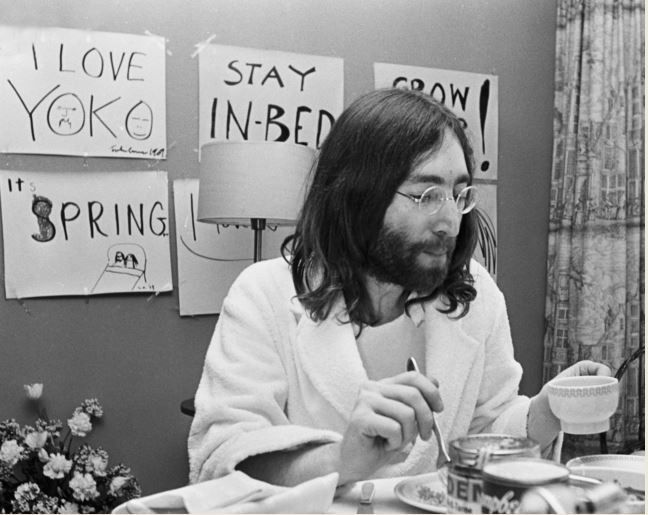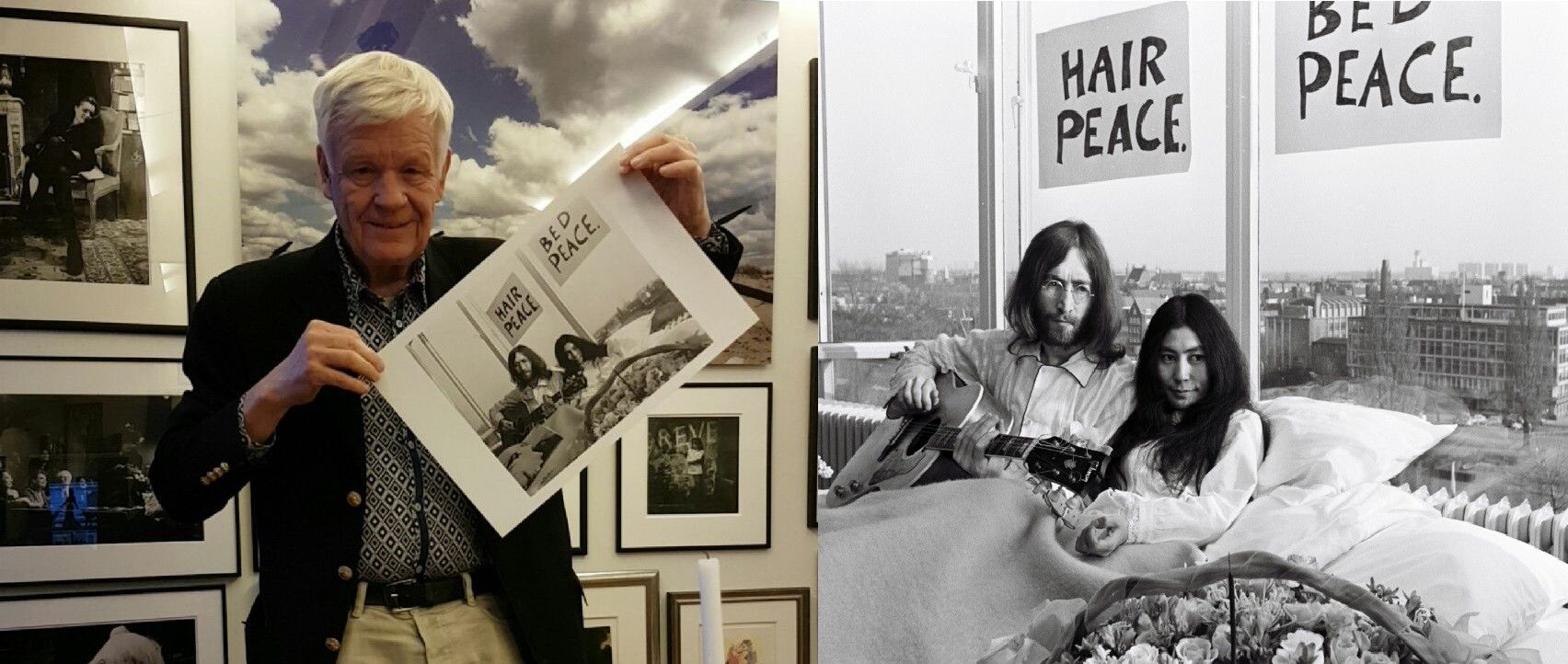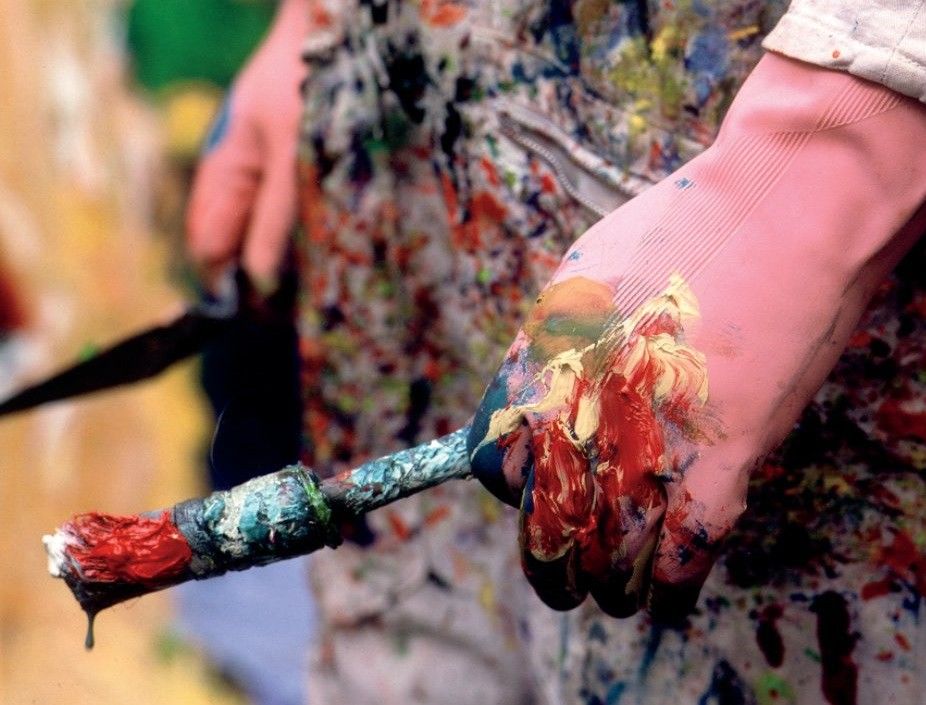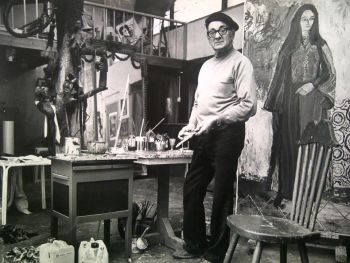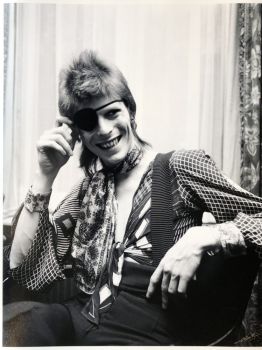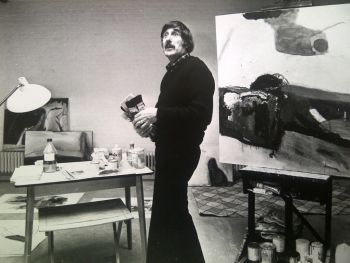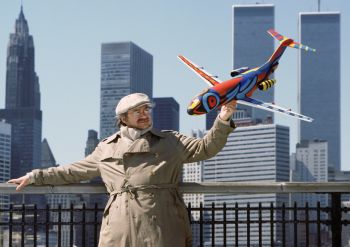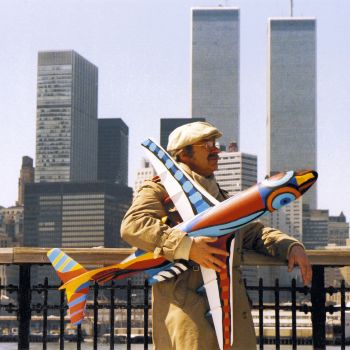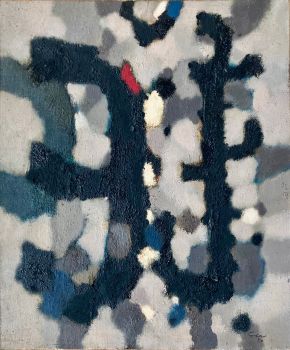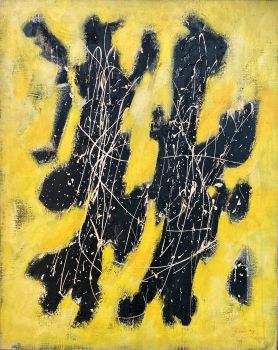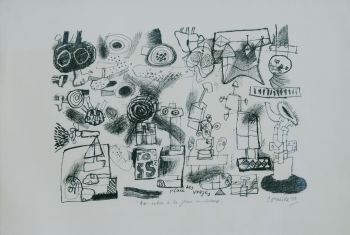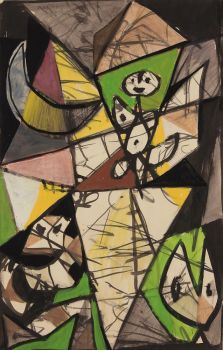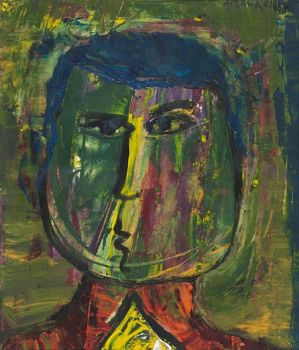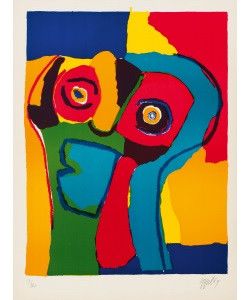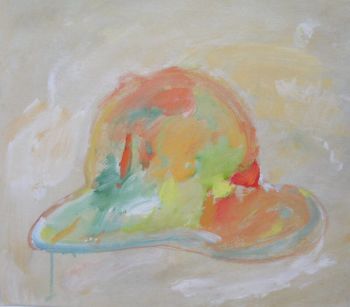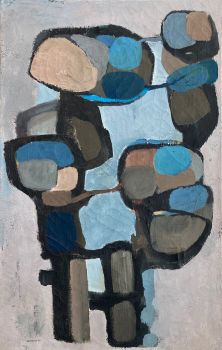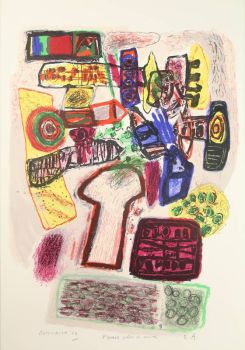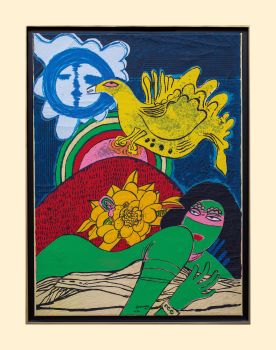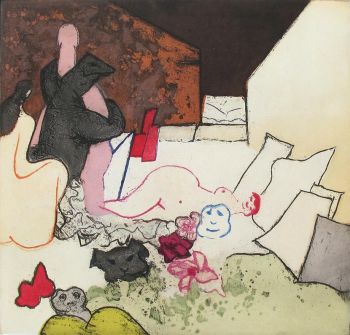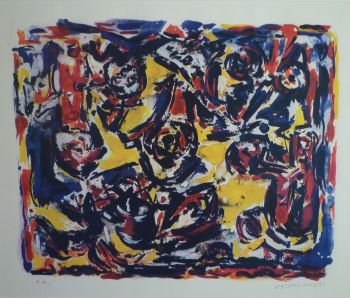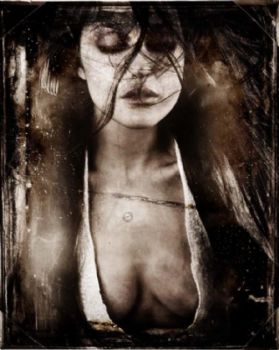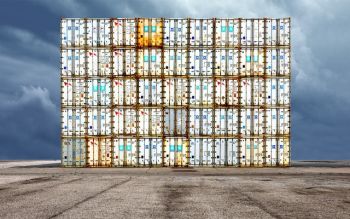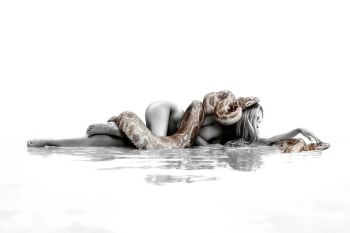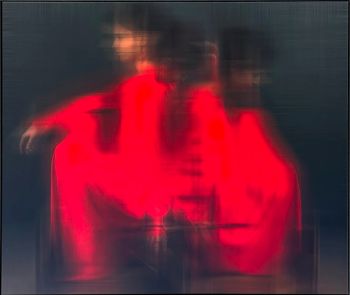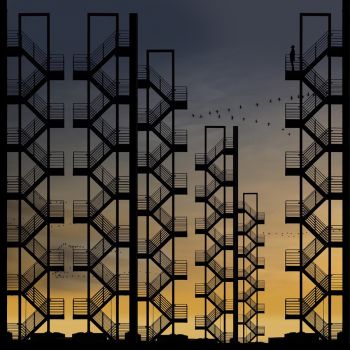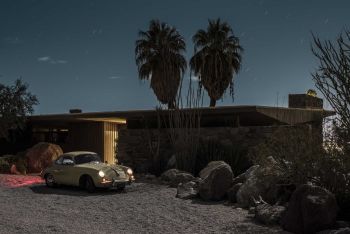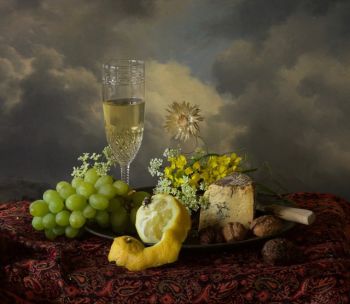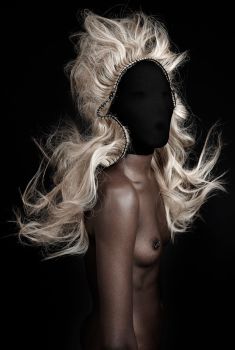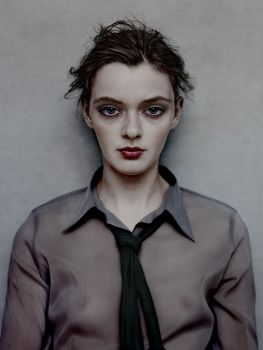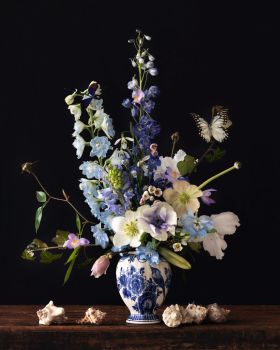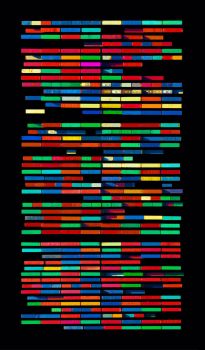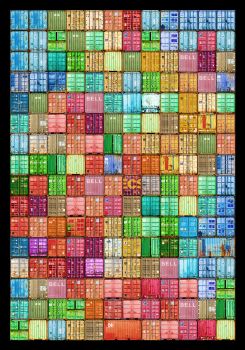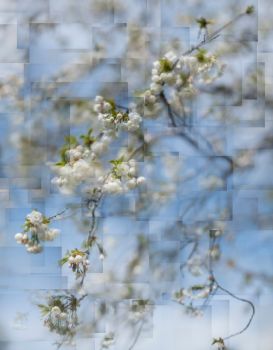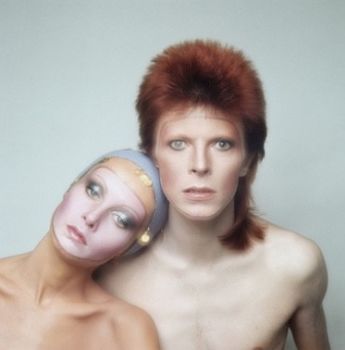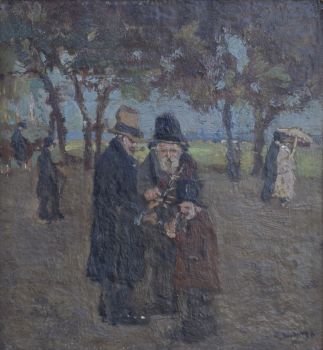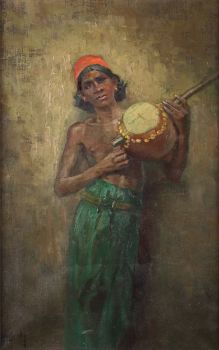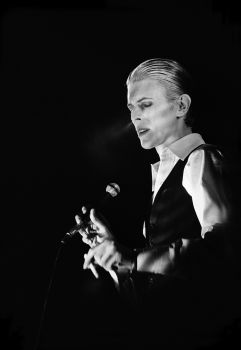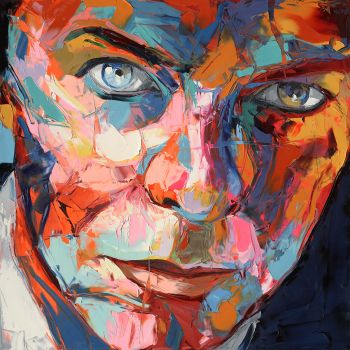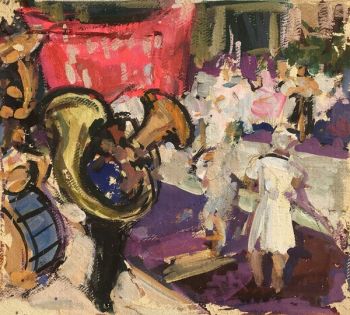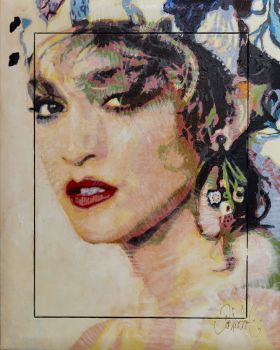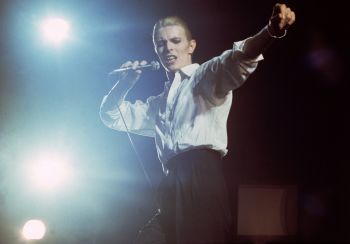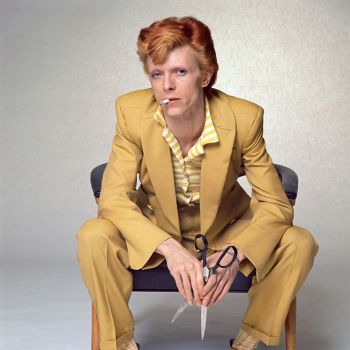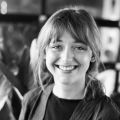Behind the camera: Nico Koster at John Lennon and Yoko Ono’s “Bed-In” protest
“Make Love, not war”, that was the most important message that John Lennon and Yoko Ono wanted to spread through their legendary 1969 protest action.
As Yoko Ono turns 84 today, we will be looking back at this life changing-event through the eyes of the photographer Nico Koster (1940), the man who stood behind the camera in suite 902 as the newly-married couple directed the immense publicity surrounding their wedding towards a greater cause: world peace.
Nico Koster once belonged to a renowned yet intimate circle of Cobra artists, along the likes of Karel Appel, Alechinsky, Constant, Corneille and Eugéne Brands.
Let’s go back to March 24th, 1969, the day on which Nico Koster, then still a photojournalist for the Dutch newspaper De Telegraaf but also an eager Beatles fan, took off for the Amsterdam Hilton Hotel alongside his colleague Henk van der Meijden to capture the now famous Bed-In session.
‘Henk was a clever guy, he immediately got an exclusive deal with Hans Boskamp, who staged the whole event through the record company. Henk and I foresaw, mainly because of the enormous media hype which it became, that history would be made here.
A collective aversion towards the Vietnam war – in which half a million American soldiers were involved – the Flowerpower movement, student revolts and young people that were finally beginning to stand up against the established order, turned out the be the necessary ingredients for a peace protest that attracted worldwide media attention.’
G: Can you describe the atmosphere surrounding the Bed-In protest in room 902?
NK: ‘Despite all of the press circled around them, the mood was friendly and serene in the room where John and Yoko were staying, which in itself formed a huge contrast with the crowds that had gathered outside of the hotel in the hopes of catching a glimpse of John Lennon. At that time The Beatles were heading towards a split, a separation that was symbolized by the two marriages of Paul McCartney and John Lennon that took place during that same month.
John Lennon, Breakfast Amsterdam Hilton Hotel, 1969.
The room was filled with drawings. Once the notable guests had left on Monday, March 31, the cleaning lady removed and discarded them without further ado, not realizing she could have easily retired from the auction proceeds nowadays.
‘The press was invited to stop by and interview, photograph and observe the couple for 12 hours a day. I walked around and took some pictures. In exchange for a headline piece in our newspaper, we were even allowed to speak to them exclusively at one point. For that specific interview, they actually got out of bed to have lunch at the table with us, allowing me, as one of very few, to take pictures of the couple out of their bed. My colleagues were incredibly jealous, to say the least. At a certain point, John even grabbed his guitar and started singing.’
Drove from Paris to the Amsterdam Hilton
Talking in our beds for a week
The newspapers said
‘Say what're you doing in bed
I said we're only trying to get us some peace’…
-- The Ballad of John & Yoko
Left: Nico Koster. Right: John and Yoko, 1969.
G: And then you accidentally lost all the negatives....
NK: After the article was published I lost all of the pictures. It was only in 2009, exactly 40 years later, that they resurfaced. They were found in a box amongst baby pictures of my daughter, where they had remained hidden for all of these years. Thanks to this lucky find the photographs could be re-developed and published in the book Room 902. They have also been exhibited in numerous galleries and museums, including the Museum of Modern Art in Moscow, and the Rijksmuseum’s collection.
Koster had dreamed of being a professional photographer from a very young age. After completing his military service, he started working for De Telegraaf where he, aside from the Lennon report, reported on several other historical events such as the train hostage and the occupation of the Indonesian consulate that took place during the 70’s. For that last report, he even received a World Press Photo second price within the category News. In his career, he also received the 1st price at the Zilveren Camera awards.
After his career at De Telegraaf, Koster established his own art dealership in 1988 and became one of the leading representatives of Cobra-artists in the Netherlands. Many of these artists, whom were also photographed by him, have become prominent members of the Dutch as well as international art historical canon. Paintings by Willem de Kooning, for example, have been sold for record prices at New York auctions.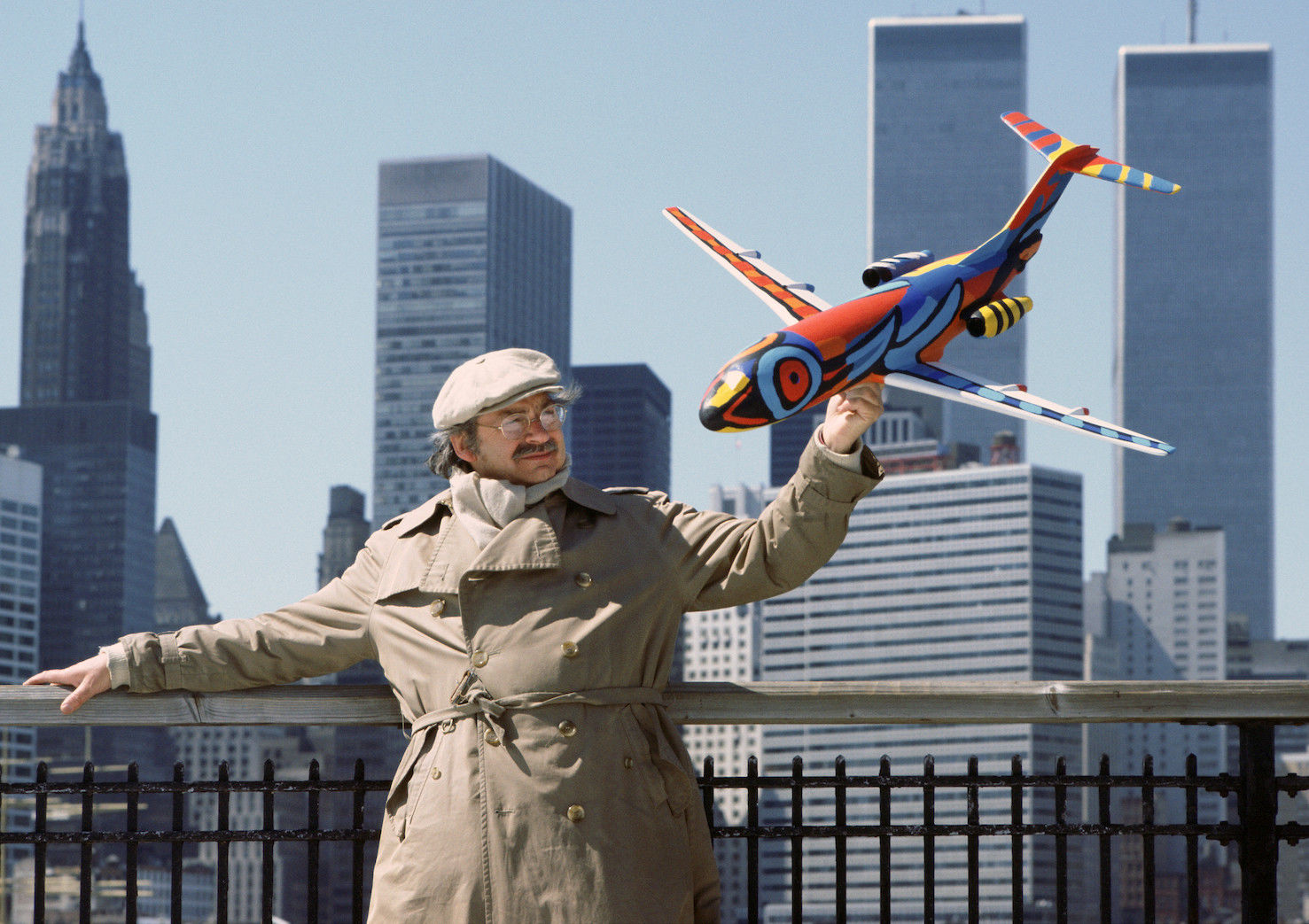
Karel Appel with a Fokker-100 in front of the former WTC building.
"In his best photographs, Nico Koster gets closer to the artist than anybody else is capable of. Especially within the intimacy of the artist’s studio he finds what he is looking for: the lonesome yet creative urges that drive a visual artist. Artists can be like stoic magicians, the creators of their own universes. But there, where the artist allows the photographer to enter that universe, that is where the most beautiful photographs are taken. That is where Koster manages to break through the façade of the often headstrong, self-conscious and sometimes vain ego."
-- Wim Pijbes, former director of the Rijksmuseum in the preface of Nico Koster, chronicler of a generation of artists.
G: Many artists have admitted to being most vulnerable during the creative process. How did you manage to gain allowance to take pictures while they were, albeit in differing tempers, making art?
NK: That developed throughout the years. These artists regarded me as one of their own, which is why I was able to go to places that were inaccessible for others.
‘Using his camera as a scalpel, he reveals the artist’s soul. And that is incredibly valuable to the writing of art history’ quoted Pijbes.
"A kilogram of red is redder than a gram of red" – Karel Appel
See for more photographs of Nico Koster at Gallerease!

